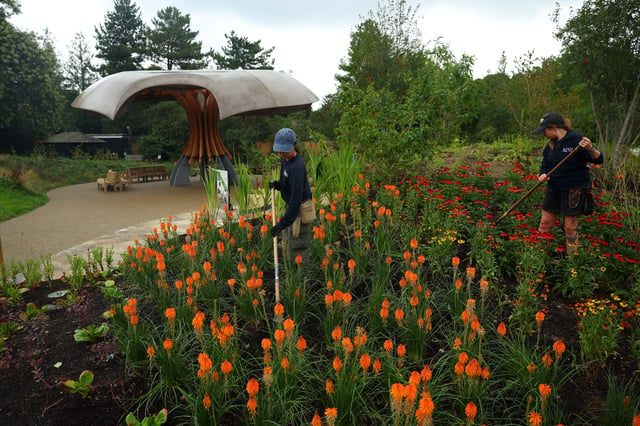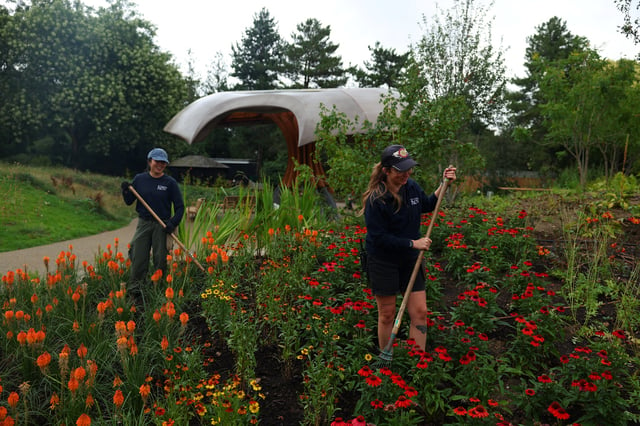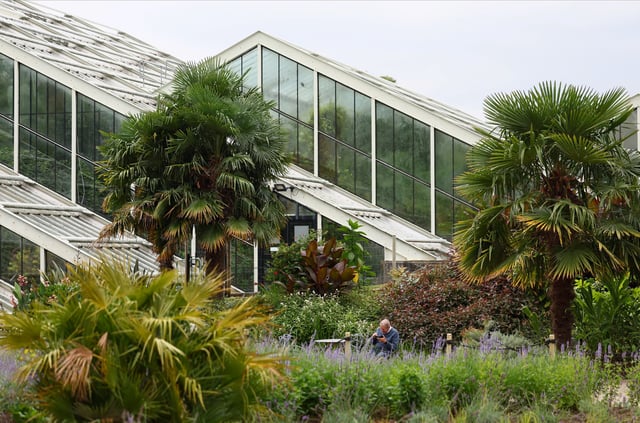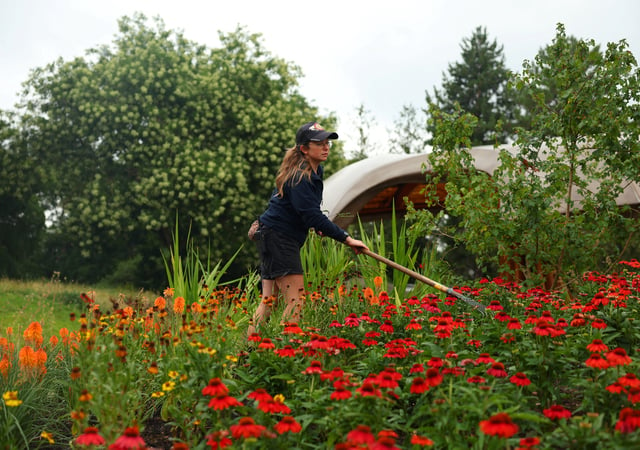Overview
- The Carbon Garden opened on July 25 at Kew Gardens with 6,500 plants and 35 tree species chosen for resilience under projected 2090s climate conditions
- A central pavilion inspired by mycorrhizal fungi demonstrates underground networks’ role in fostering healthy soils and sequestering carbon
- Educational signage explains photosynthesis and the garden’s color-coded “temperature stripes” trace global warming trends since the Industrial Revolution
- A dry garden planted with heat- and drought-tolerant species such as lavender offers practical examples of climate-adapted horticulture
- Kew detailed plans to retrofit its Palm House and Waterlily House with high-performance glazing and heat pumps as part of its goal to achieve a climate-positive profile by 2030



